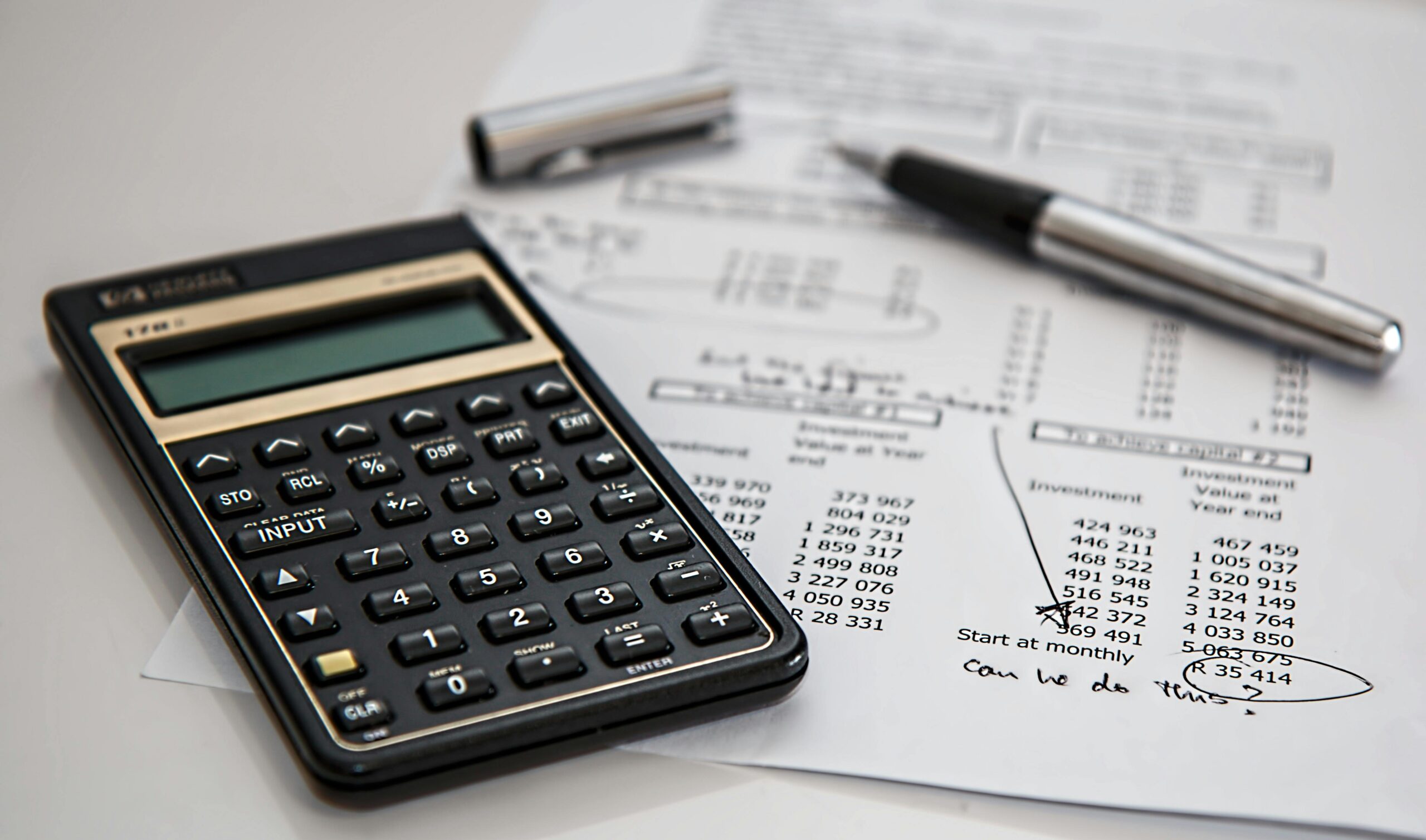5 Essential Budgeting Basics: Plan Your Spending
1. Introduction
-
- Importance of Budgeting
- Overview of the Article
2. Understanding Your Income
-
- Identify All Income Sources
- Track Your Monthly Earnings
3. Categorizing Your Expenses
-
- Fixed vs. Variable Expenses
- Essential vs. Non-Essential Expenses
4. Setting Financial Goals
-
- Short-term Goals
- Long-term Goals
- SMART Goals Framework
5. Creating and Maintaining a Budget
-
- Choosing a Budgeting Method
- Using Budgeting Tools and Apps
- Regular Monitoring and Adjustments
6. Saving Strategies
-
- Building an Emergency Fund
- Automating Savings
- Reducing Unnecessary Expenses
Tips For Budgeting

Budgeting is more than just a financial buzzword; it’s a crucial skill that can help you manage your money, avoid debt, and achieve your financial goals. In this article, we’ll walk you through the five basics of budgeting to help you plan your spending effectively. Whether you’re new to budgeting or looking to refine your approach, these steps will set you on the path to financial success.
Understanding Your Income
-
- Before you can plan your spending, you need to know how much money you have coming in. This means identifying all your income sources, from your salary to any side hustles, rental income, or other streams of revenue. Tracking your monthly earnings gives you a clear picture of your financial situation and helps you set realistic budget limits.
Categorizing Your Expenses
-
- Once you know your income, the next step is to categorize your expenses. Start by dividing them into fixed and variable expenses. Fixed expenses, like rent or mortgage payments, remain the same each month, while variable expenses, such as groceries and entertainment, can fluctuate. Further, distinguish between essential and non-essential expenses. Essentials cover needs like housing, utilities, and groceries, while non-essentials include dining out, hobbies, and luxury items.
Setting Financial Goals
-
- Having clear financial goals is essential for effective budgeting. Set both short-term and long-term goals to keep yourself motivated and on track. Short-term goals might include saving for a vacation or paying off a small debt, while long-term goals could involve buying a house or building a retirement fund. Use the SMART goals framework—Specific, Measurable, Achievable, Relevant, and Time-bound—to ensure your goals are realistic and attainable.
Creating and Maintaining a Budget
-
- With your income and expenses clearly defined, and your goals in place, you can create a budget that works for you. Choose a budgeting method that suits your lifestyle, whether it’s the 50/30/20 rule, envelope system, or zero-based budgeting. Utilize budgeting tools and apps to simplify the process and keep track of your spending. Regularly monitor your budget and adjust it as needed to stay on track.
Saving Strategies
-
- To ensure long-term financial stability, incorporate saving strategies into your budget. Start by building an emergency fund to cover unexpected expenses. Automate your savings to ensure consistency and make it easier to set aside money each month. Look for ways to reduce unnecessary expenses, such as cutting down on dining out or canceling unused subscriptions, to increase your savings.
Conclusion
Mastering these five budgeting basics—understanding your income, categorizing your expenses, setting financial goals, creating and maintaining a budget, and implementing saving strategies—will help you take control of your finances and achieve your financial goals. Budgeting doesn’t have to be daunting; with the right approach, it can be a straightforward and rewarding process.
FAQs
1.What is the best budgeting method for beginners?
The 50/30/20 rule is often recommended for beginners because it’s simple and easy to follow. Allocate 50% of your income to needs, 30% to wants, and 20% to savings and debt repayment.
2. How can I track my spending effectively?
Using budgeting apps like Mint, YNAB (You Need A Budget), or PocketGuard can help you track your spending and manage your budget more effectively.
3. What should I do if I exceed my budget?
If you exceed your budget, review your expenses to identify areas where you can cut back. Adjust your budget accordingly and try to avoid overspending in the future.
4. How much should I save for an emergency fund?
Aim to save at least three to six months’ worth of living expenses in your emergency fund. This will provide a financial cushion in case of unexpected events like job loss or medical emergencies.
5. Can I budget if my income is irregular?
Yes, you can budget with an irregular income. Base your budget on your average monthly income and prioritize essential expenses and savings. Adjust your budget as your income fluctuates.



